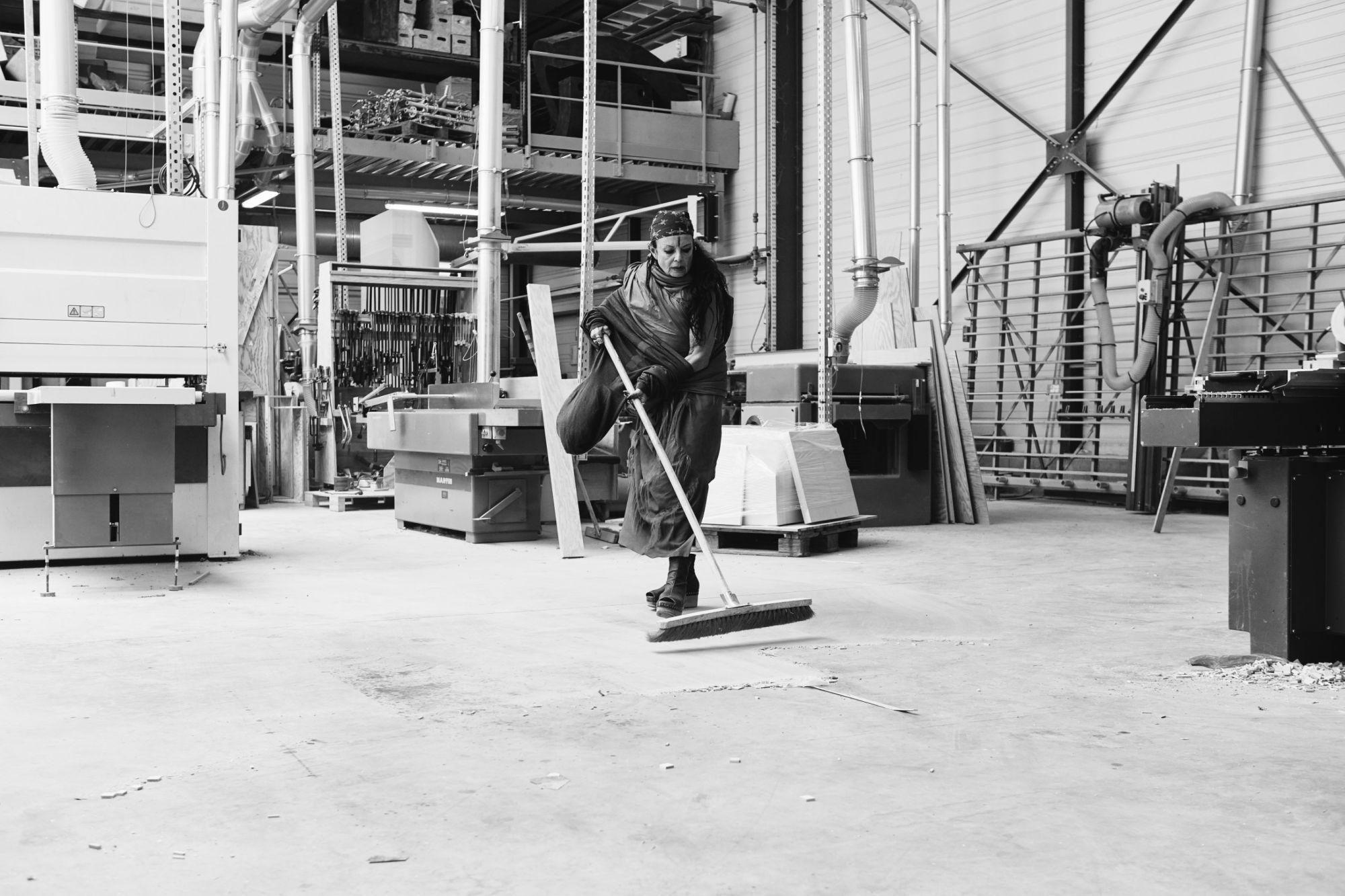“I have an exhausting optimism,” Michèle Lamy laughs as she sips tea at the Rose Bakery at the top of concept store Dover Street Market in London. She’s clutching a weighty mug with her ink-dipped fingers, each one stacked in multiple rings.
Initially, Lamy is utterly enrapturing to behold: her teeth made of gold inset with diamonds, her lips painted purple-mocha, her thick French accent laced with the smoke of endless cigarettes and decades of storytelling, and her silhouette distorted by a heavy Rick Owens leather dress and sky-high gold wedges.
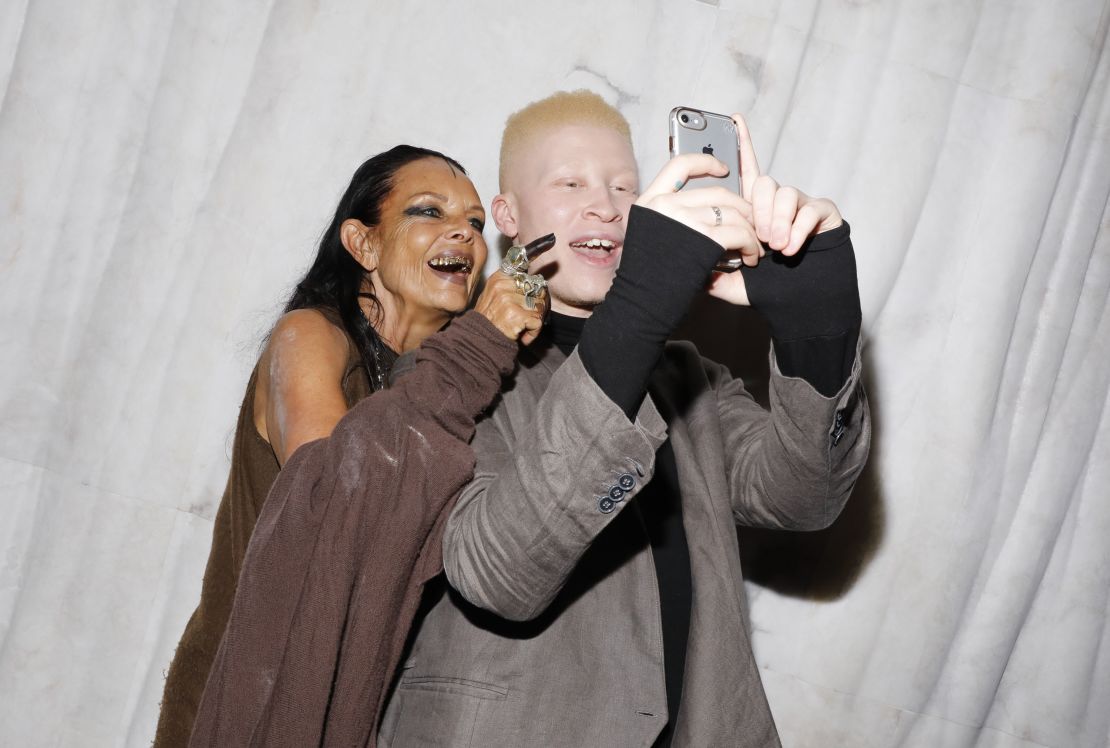
Her mesmerizing style aside, Lamy is an extraordinary character and a true polymath. She trained as a defense attorney in France in her twenties before moving on to performing striptease with a traveling fair in the French countryside.
She founded the cult, but now closed, Hollywood restaurant and cabaret bar Les Deux Cafés, which welcomed guests like Madonna, Grace Jones, along with a host of drag queens, artists and creative types who’d wile away their hours drinking and watching Lamy recite Langston Hughes poetry through a cloud of blue cigarette smoke on stage.
The seventy-four-year-old is married to American fashion designer and provocateur Rick Owens. Working as close collaborators, it’s no secret that Lamy has influenced much of the Rick Owens multi-million dollar global empire.
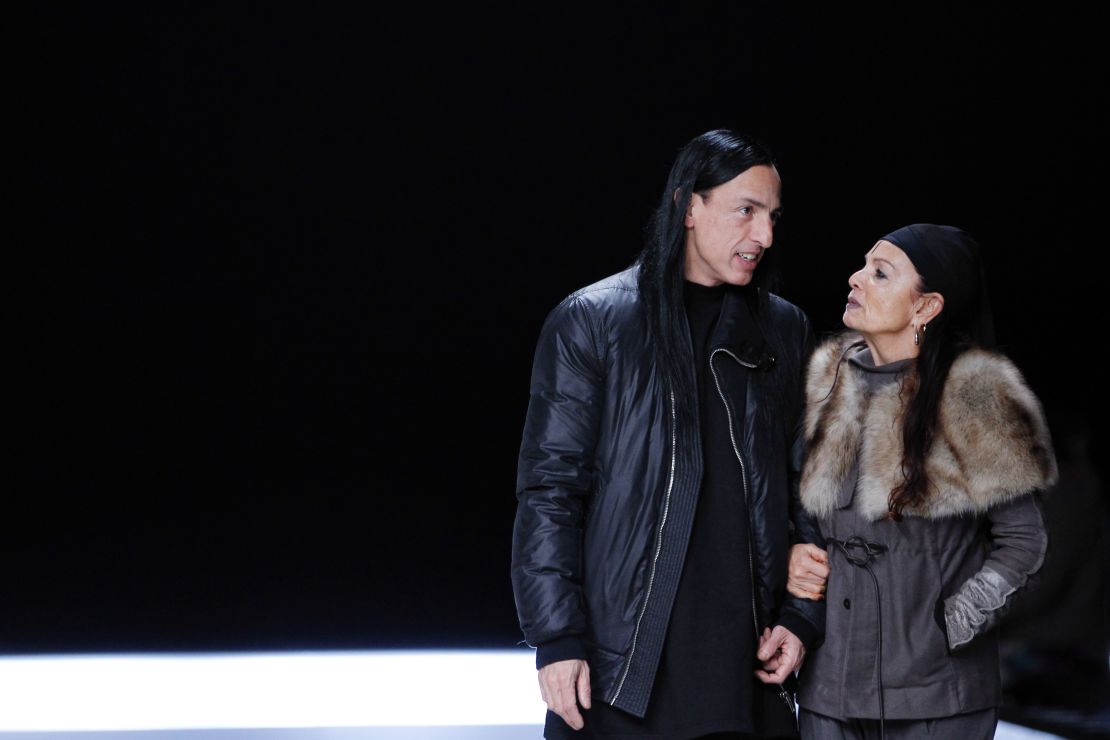
And it’s her exhausting optimism which drives her polymathy, making so many of her creative, business and creative business ventures fly. “I just feel it, I’m not analyzing,” is Lamy’s business advice. “Sometimes it takes me over, and I’m just like ‘let’s go, let’s do that!’ I say yes, because I like to say yes.”
And by saying yes, she constructs entire universes – from the heady, gothic world of Les Deux Cafés, to the dark cosmos of Rick Owens and his loyal fans, which extends from clothes, to shoes, to furniture – a side of the business Lamy is perhaps most directly involved with.
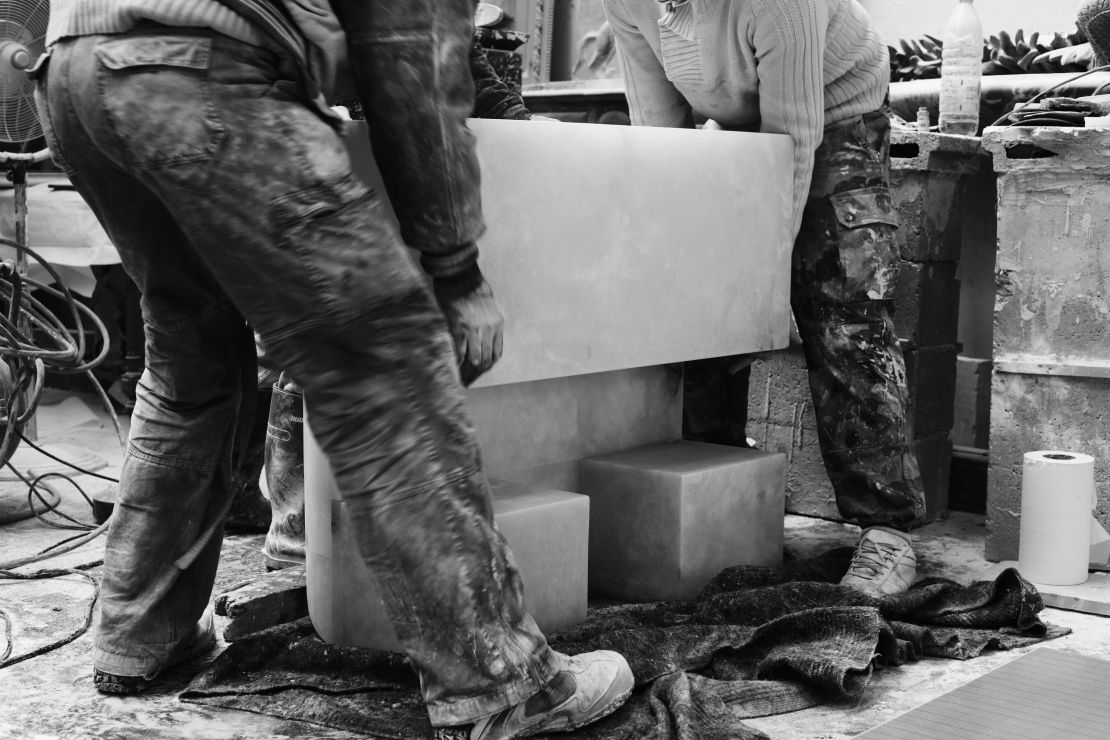
“He has the ideas – he makes little drawings that are this size,” she makes a 5cm square with her hands, and laughs. “And then says this is six meters long. And I take it from there. I love finding all the resources for the material, the stone here or the plywood that is more fucked up than any other plywood. So that’s the thing. It’s building something on the whole, and it feeling the right way. Rick is doing the drawing and I’m with the big machines that can cut stone. So we both have our worlds.”
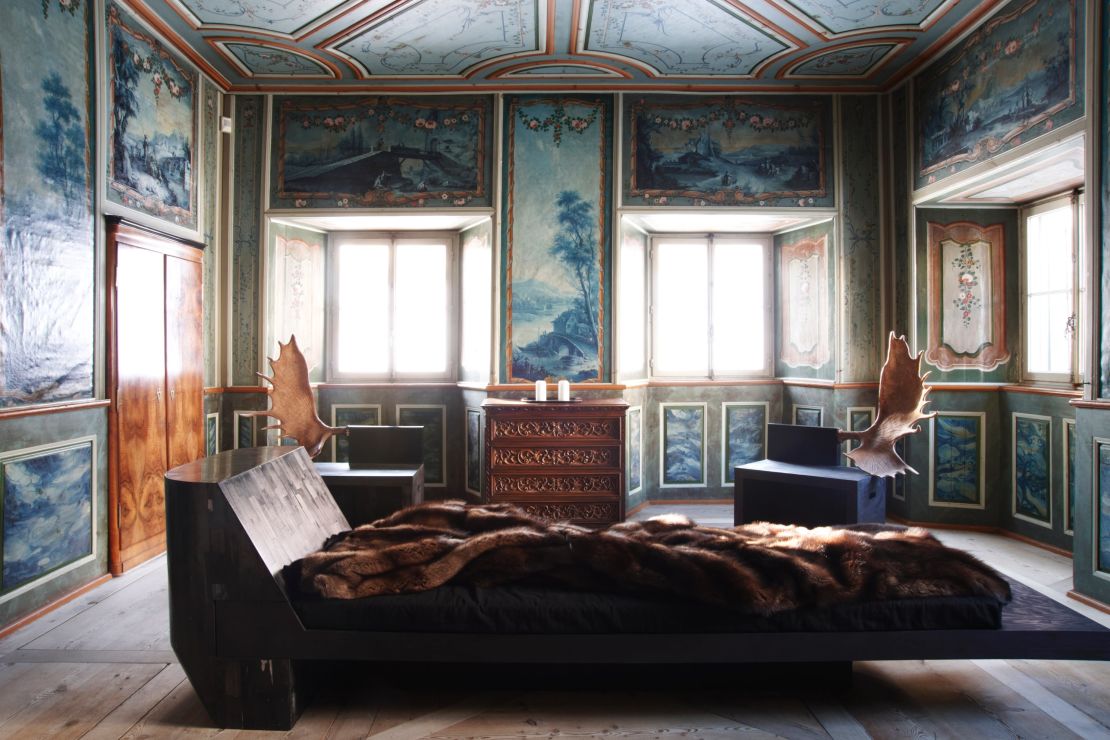
Another world she’s just finished building is that of her new band Lavascar – formed of herself, her daughter Scarlett Rouge, and sound artist Nico Vascellari.
“I have never been in a band. But in my grand day of cabaret at Les Deux Cafés, I was doing this poetry of “King Kong Blues” with Bobby Woods and whoever was passing by. [With a] sort of jazzy voice. But it was not a band.”
“King Kong Blues” is a musical adaptation of a Langston Hughes poem, written by him for the forties French singer Marianne Oswald. Both are great loves of Lamy’s – especially Hughes – the poet whose words make up most of the lyrics for the new album. Lamy has loved Langston Hughes for over fifty years – his words have become ingrained in her DNA.
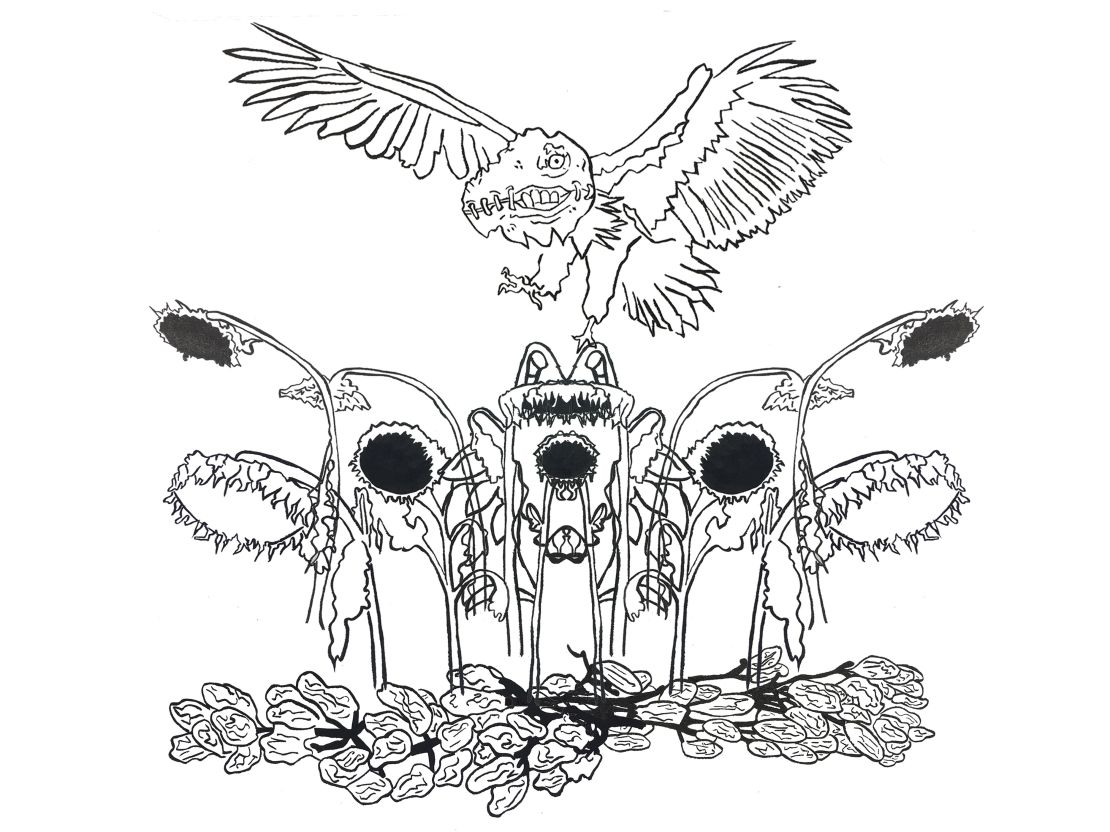
When we get to talking about fashion, she’s, unsurprisingly, bored of the fashion on the streets of Paris and seems disillusioned. “I have no idea what fashion is now. I think a lot of it has to do with the press. People have to make a story,” she laments.
“You know perhaps it changes with the city, it changes with mood and it changes with the drugs and the music,” she continues, wondering where the next ‘it’ city might be. She talks about iconic houses like Chanel, explaining that its success is based on a “revolution” and an “invention” of something which the house has stayed true to since the days of its founder Gabrielle. “And it’s difficult to find the DNA of somebody who just started yesterday. I’m sure a lot of those designers have it, but one leaves one [house] and one leaves the other — how could you have it?”
So who does have that DNA? She nods to Rei Kawakubo and Rick Owens as examples of brands with lasting identity: “A hundred years from now if somebody wanted to continue [with the brand] there will always be that DNA that made it work.”
I ask what the Michèle Lamy DNA is: “Like I said, exhausting optimism,” she replies.
